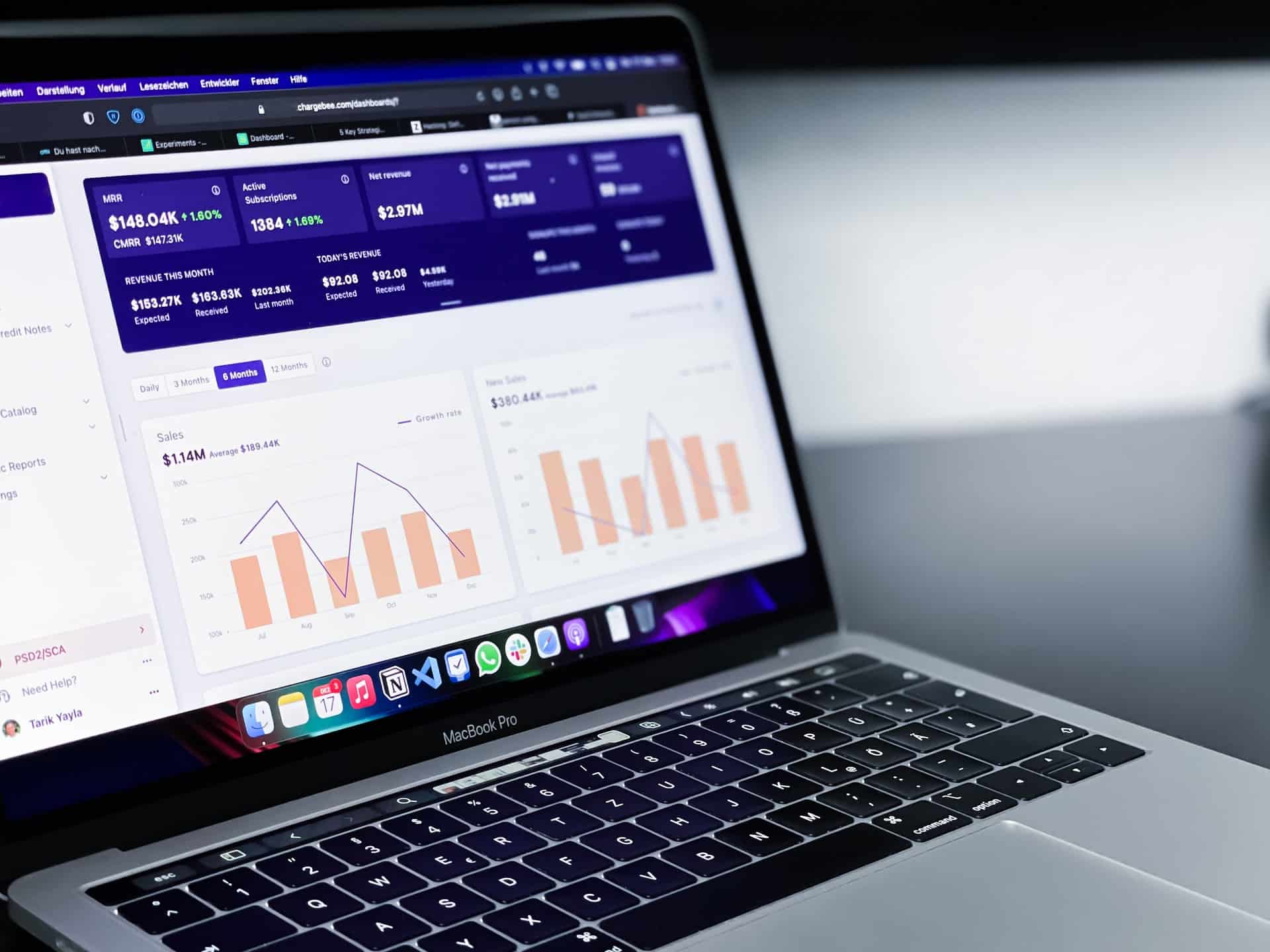Marketing strategies play a pivotal role in the success of any business. There’s a reason why customers are attracted to certain items and services over others. Much of it comes down to the strategies employed by the marketing department to draw potential customers to an organization. Unfortunately, marketing can be very hit or miss. There are times when it can be incredibly effective, catch on with the general public, and generate plenty of leads or conversions.
Then there are those times when marketing simply annoys people or frustrates them to the point they no longer want to engage with your product. Measuring the effectiveness of your marketing strategy can help you succeed in your marketing endeavors and forge your path to success. Here are four strategies to consider now.
IMAGE: UNSPLASH
Why You Need A New Marketing Strategy
The needs of customers can vary greatly and change considerably over long periods. Over the past few decades, marketing has changed significantly. It’s not really about sending a message out and trying to hit as many people as possible. Long gone are the days of insane radio ads and television campaigns that cater to specific brands or characters. Audiences want you to engage with them in an authentic and relevant manner.
Technology has, of course, been a driving force behind that. Succeeding in today’s market, therefore, requires a better and more robust marketing strategy. Developing a new market strategy comes down to overcoming challenges, understanding your customers, and possibly hiring some additional help or using certain marketing metrics to better position your brand.
Go First Party
In the recent past, third-party data collection—the kind facilitated by cookies and trackers—was used quite a bit. But it’s going out of style. When it comes to marketing measurement, there are plenty of reasons why first-party data is better than third-party data. Third-party data is not a great option due to its inaccuracy and unreliability. First-party data comes directly from customers interacting with your website/social media or product and is therefore much more reliable.
First-party data also gives marketers a more complete understanding of customer behavior. Through this understanding, measuring certain variables is much easier. Using first-party data helps improve a company’s ROI on any marketing campaign and ultimately makes for higher quality data from your measurements. Clean, first-party data is critical, especially when it comes to employing effective marketing measurement tools and procedures. Make sure you’re collecting and managing it effectively.
Use Clean Data
Never underestimate the value of a clean data room in your marketing metrics. Using clean data is an effective means of taking your anonymous customer data from all your sources and aggregating it together. They’re a secure, encrypted, and effective software platform that lets you analyze first-party data with the help of second and third parties. By assessing data in this manner, you can identify high-performing areas and highlight potential issues or parts of your campaign that aren’t performing as well / might need some improvement.
Clean data rooms are essential for maintaining the privacy and keeping data anonymous. Due to a series of regulations and the changing faces of many industries, the days of third-party data collection using cookies are coming to an end. First-party data is becoming more and more important for companies as a marketing metric.
Changing the way we measure our marketing strategies is essential because of the way everything is evolving so rapidly when it comes to marketing measurement tools. Whether that means adopting app-based tracking materials, doing more surveys, or just working with clean data, companies need to get on board with finding ways to thrive in a changing world.
Utilize Heatmaps And APIs
Another useful method for measuring your marketing efforts is to use heat maps on your website and different types of application programming interfaces (APIs) to help collect first-party data and track various metrics. A heatmap is a graphical representation of user activity on a website. Companies use heatmaps to measure marketing effectiveness and engagement. When customers click on various parts of the website or engage with it, the heat map registers clicks and scrolling to show what’s working and what isn’t.
They’re quite useful and can be implemented in a variety of different ways. APIs are also a useful way to gather first-party data. APIs are application programming interfaces that let developers access data from websites and other online services. All of the big names in tech—Google, Apple, Firefox, and so on—all have APIs that allow marketers to track conversions and attribution. None of them use third-party cookies, either, making them an easy way to get data on conversion rates, user interactions, and more.
Experiment A Little
Experimentation and audience research can be a real game-changer for a marketing campaign. Experimenting with your marketing can help transform it. This might involve some A/B testing on your website or experimenting with an email campaign. Social media is a unique path for experimentation. It’s a quick-access, highly engaging way to reach a large audience. LinkedIn can be useful for some marketing strategies focusing on business.
Companies can experiment with engaging posts and CTAs on platforms like Facebook or Twitter. Offering engaging content that customers enjoy can ultimately draw more of them to get on board with your brand. Experimenting with your marketing a little bit opens a lot of different paths that can help you attain success and create a better overall marketing strategy that will work for you.
IMAGE: UNSPLASH
If you are interested in even more business-related articles and information from us here at Bit Rebels, then we have a lot to choose from.


COMMENTS